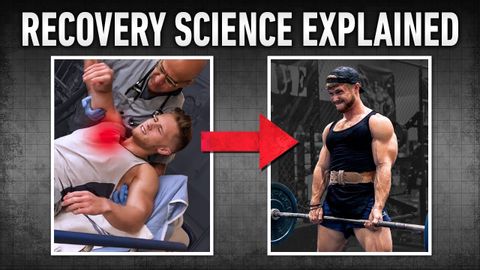如何從任何傷害中恢復過來(5 個科學步驟) | 科學解釋 (How To Recover From Any Injury (5 Science-Based Steps) | Science Explained)
yacki99 發佈於 2024 年 10 月 15 日  沒有此條件下的單字
沒有此條件下的單字- adj.(肉等)老的;咬不動的;堅韌的:艱苦的:困難的;強硬的;嚴格的;堅韌的;不屈不撓的;棘手的;費勁的;剛強的
- n.硬漢
- v.t.使變堅強
- v.t./i.忍受
US /ˌrɛkəˈmɛnd/
・
UK /ˌrekə'mend/
US /tɛkˈnik/
・
UK /tekˈni:k/
- n. (c./u.)技術;工藝;技能;(藝術)技巧
US /ɪmˈpruv/
・
UK /ɪm'pru:v/
